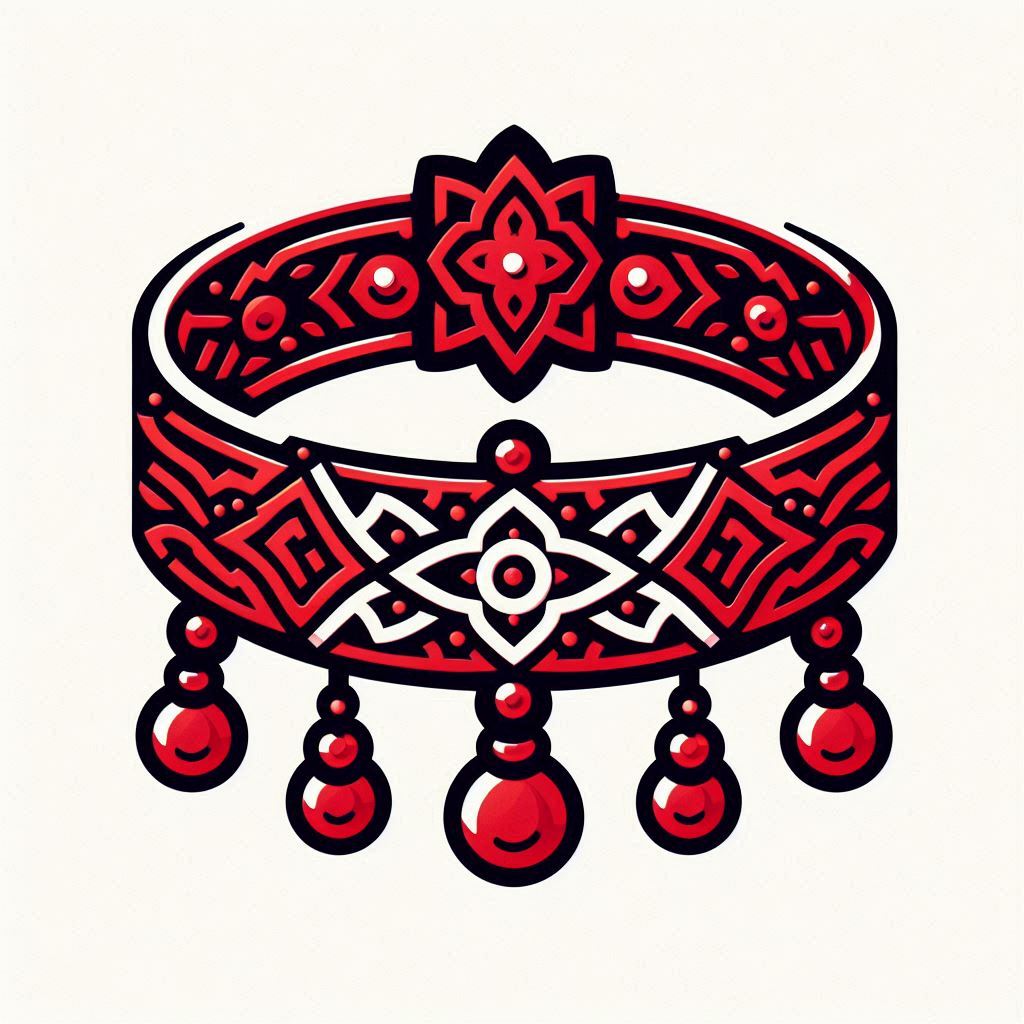When diving into the world of Moroccan bracelets, understanding the materials is key to appreciating their beauty and significance. Each component has its own story and character, reflecting the vibrant culture of Morocco. So, let's explore some common materials used in these lovely pieces.
Silver: This is perhaps the most popular material in Moroccan jewelry. Silver bracelets are often handcrafted and feature intricate designs. The best part? They go with almost anything, making them a versatile addition to your accessory collection.
Leather: Leather bracelets offer a rustic charm that adds a touch of bohemian flair. They’re comfortable to wear and often incorporate colorful threads or beads for visual interest. If you love that laid-back vibe, a leather bracelet could be your best bet.
Beads and Gemstones: Many Moroccan bracelets are adorned with colorful beads or gemstones, each carrying its own meaning. You might find pieces with turquoise, coral, or even colorful glass beads, making them not just accessories but mini works of art. The variety here is incredible, and you can easily find something that speaks to your personal style.
These materials all come together to make enchanting pieces that are deeply connected to Moroccan heritage. Understanding these materials can really enhance your appreciation of the craftsmanship involved and help you make informed decisions as you explore various guides to authentic Moroccan bracelet materials.
Popular Stones and Their Meanings
Moroccan bracelets often feature stunning stones that not only enhance their beauty but are also thought to carry special meanings. If you’re exploring guides to authentic Moroccan bracelet materials, it’s helpful to know about these popular stones and what they represent.
1. Turquoise: This vibrant blue stone is known for its calming properties. Many believe it promotes peace and protection. Turquoise is often used in Moroccan jewelry to bring good fortune and to keep negative energy at bay.
2. Amber: With its warm, golden hue, amber isn’t just beautiful; it’s also thought to symbolize courage and strength. It’s often associated with healing properties, making it a great choice if you’re seeking both style and wellness in your bracelet.
3. Agate: Available in various colors and patterns, agate is popular for its grounding energy. It’s believed to bring stability and balance into your life. Wearing an agate bracelet can help anchor you during stressful times.
4. Coral: This stunning stone comes in shades of red, pink, and white. Coral is often referred to as a protective stone that wards off negativity. It’s perfect for those who appreciate both beauty and a sense of security in their jewelry.
Choosing Quality in Your Bracelet
When it comes to selecting a Moroccan bracelet, quality is key, especially if you're looking for something that lasts. You’ll want to pay attention to what materials are used, as this can greatly affect both the look and feel of the bracelet. Authentic pieces will not only look stunning but also stand the test of time.
Start by checking for genuine materials such as silver, which is commonly used in traditional designs. It tends to have a nice weight to it and shines beautifully. You might also come across pieces made from leather, which adds a rustic touch. Just make sure the leather is well-treated to avoid any wear and tear.
Don’t overlook the beads and stones either! Look for natural stones like turquoise or amber, which are often incorporated into these bracelets. Each stone has its own story and meaning, making your piece not just a fashion statement, but also a meaningful accessory.
Lastly, pay attention to the craftsmanship. Take a closer look at how the bracelet is put together. Look for neat finishes and high-quality closure systems. A good bracelet should be comfortable to wear and sit nicely on your wrist. These small details really help in guiding your decisions, making the "guides to authentic Moroccan bracelet materials" incredibly helpful when you’re navigating your options.
Caring for Your Moroccan Bracelet
Firstly, when you're not wearing your bracelet, store it in a soft, dry place. A small jewelry pouch or a dedicated jewelry box works great. This keeps it safe from scratches and prevents it from tangling with other pieces. Avoid hanging them, as that might distort their shape over time.
Cleaning your bracelet can be straightforward. For most materials, a gentle wipe with a soft cloth will do the trick. Just make sure to avoid harsh chemicals or abrasive materials that could damage the finish. If your bracelet has beads or stones, you might want to use a mild soap solution. Just dip a cloth in soapy water, wring it out well, and gently clean the bracelet.
Lastly, keep your bracelet away from water as much as possible. Many Moroccan bracelets have materials like leather or beads that don’t mix well with moisture. If you do get it wet, dry it off immediately with a soft cloth to prevent any damage. Following these care tips will help ensure your bracelet remains a cherished accessory, perfectly complementing the guides to authentic Moroccan bracelet materials you’ve explored.
